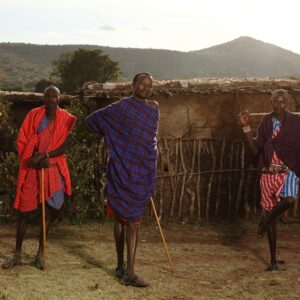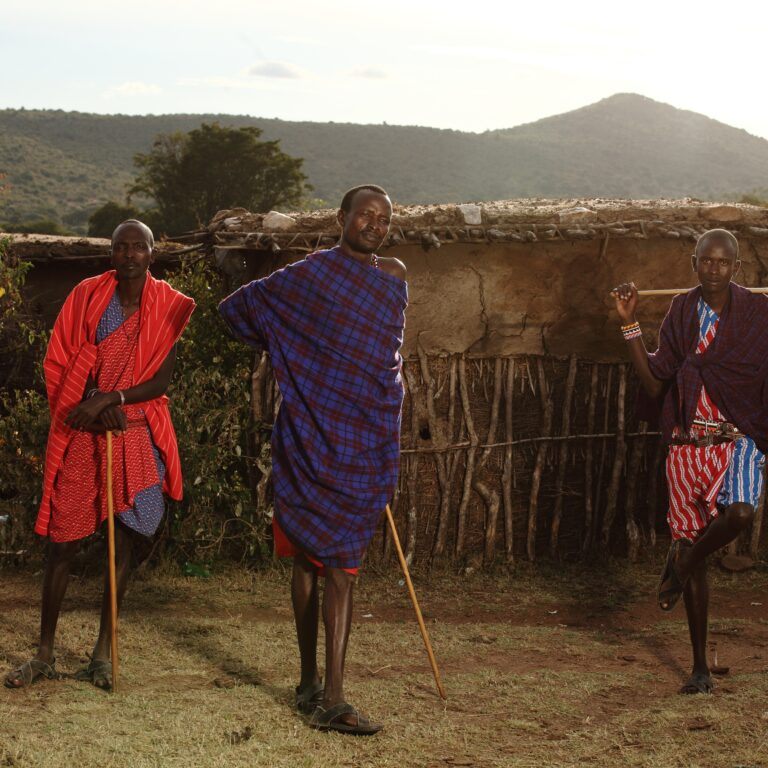Mount Kilimanjaro, Africa’s majestic roof, beckons adventurers from all walks of life. While images of lean, highly conditioned athletes often dominate the narrative of mountain climbing, the truth about Kilimanjaro is far more inclusive. For many, the idea of being overweight might seem like an insurmountable barrier to attempting such a formidable trek. However, with the right approach to fitness, preparation, and mindset, carrying extra weight does not inherently prevent someone from successfully reaching Uhuru Peak. The key lies not in a specific body type but in diligent preparation, smart strategy, and unwavering determination.
While being overweight can present additional challenges when climbing Mount Kilimanjaro, it is not necessarily a barrier to successfully reaching the summit. Many people in larger bodies have achieved this feat/ being overweight or obese is not necessarily a barrier to successfully reaching the summit, demonstrating that with proper preparation, acclimatization, training, and the right support, and a slower, more deliberate pace, plus-size individuals it indeed possible conquer the mountain.
Fitness: It’s About Endurance, Not Speed
The most crucial aspect of fitness for Kilimanjaro is endurance, not speed or extreme athleticism. The climb is a multi-day trek, often lasting 7 to 9 days, involving continuous walking for several hours each day. While carrying extra weight can increase the strain on joints and the cardiovascular system, a person who is overweight but possesses good cardiovascular endurance can succeed.
Focus should be placed on building stamina through consistent, long-duration activities. Think long walks, slow jogs, swimming, or cycling, rather than intense, short bursts of activity. The ability to maintain a steady pace for extended periods, even if that pace is slow, is far more valuable than being able to run a fast mile. Many successful climbers, regardless of their weight, attest to the “pole pole” (slowly, slowly) mantra being the golden rule on Kilimanjaro.
Acclimatization: The Great Equalizer
Altitude sickness is the primary reason why most people fail to summit Kilimanjaro. This is where the playing field often levels out, regardless of body size. Acclimatization is the process by which your body adjusts to the decreasing oxygen levels at higher altitudes, and it’s largely an individual physiological response, not directly tied to weight.
Being overweight does not inherently make one more susceptible to altitude sickness. What does make a difference is the pace of ascent and the time spent at various altitudes. A person of any size who ascends too quickly is at a higher risk. Therefore, choosing a longer route with a gradual ascent profile is crucial for everyone, and particularly beneficial for overweight climbers, allowing their bodies ample time to adapt.
Training: Targeted and Consistent
Effective training for an overweight climber will largely mirror that of any other climber, with perhaps a greater emphasis on joint protection and consistent, low-impact activities. Walking is paramount. Start with short walks and gradually increase distance, duration, and incline. Mimic the multi-day nature of the climb by doing back-to-back long walks on weekends. Weighted training. Practice hiking with the daypack you intend to carry on the mountain, gradually increasing the weight to simulate the load.
Strength training. Focus on strengthening core, legs, and back muscles to support your body and reduce strain on joints. Listen to your body. Incorporate rest days and avoid overtraining, which can lead to injuries. Consider working with a personal trainer who understands high-altitude trekking requirements. The goal is to build resilience, not necessarily to shed a specific amount of weight. While a healthier weight can certainly make the climb easier on the body, a commitment to consistent and appropriate training is far more impactful than a number on the scale.
Overweight climbers should prioritize a gradual and sustainable approach to training, focusing on building both cardiovascular endurance and strength while also addressing any potential health concerns with a medical professional. Instead of drastic weight loss, focus on improving overall fitness and climbing-specific strength through a balanced program of cardio, strength training, and climbing-related exercises.
Pace: Pole Pole is Your Mantra
For any climber on Kilimanjaro, the Swahili phrase “pole pole” (pronounced “po-lay po-lay”), meaning “slowly, slowly,” is the most important advice. This is especially true for overweight climbers. Maintaining a slow and steady pace conserves energy, reduces the risk of overexertion, and, most importantly, allows the body sufficient time to acclimatize to the decreasing oxygen levels. Rushing will exhaust you, make you prone to injuries, and significantly increase your susceptibility to altitude sickness. A slow, deliberate pace ensures you have enough energy for the entire journey, including the challenging summit night, and gives your body the best chance to adapt safely.
It’s common to lose weight when climbing Mount Kilimanjaro, but it’s not guaranteed and depends on various factors. While you’ll be burning a lot of calories due to the strenuous activity and altitude, you’ll also be well-fed throughout the trek, potentially offsetting some of the weight loss. Some people lose a few pounds, while others lose more or even gain weight
Choosing the Right Route: Longer is Often Better
The choice of route significantly impacts acclimatization and, therefore, success. Overweight climbers should strongly consider longer routes that offer better acclimatization profiles. Machame (6-7 days) or Lemosho (7-8 days) are excellent choices, as they follow a “climb high, sleep low” strategy and provide more days on the mountain for gradual acclimatization. The Northern Circuit (9-10 days) is the longest route and offers the highest success rates due to its extensive acclimatization. Avoid shorter routes like the 5-day Marangu or Umbwe, which ascend too quickly and dramatically reduce success rates for everyone, regardless of weight. More days on the mountain equate to better adaptation.
Reputable Operator: Your Most Important Ally
Selecting a reputable tour operator is paramount for any Kilimanjaro climb, but it holds even more significance for overweight individuals. A good operator will: Prioritize safety. Ensure their guides are highly trained in altitude sickness recognition and management. Maintain proper guide-to-client ratios. Ensuring adequate supervision. Employ ethical practices. Providing fair wages and proper equipment for porters. Offer realistic itineraries. Promoting longer routes for better acclimatization. Provide nutritious food. Fueling your body properly for the trek. They will also be able to offer tailored advice and support, ensuring you have the best possible chance of a safe and successful summit.
Proper Gear and Equipment: Comfort and Safety are Key
Investing in proper gear and equipment is critical for comfort, safety, and performance on Kilimanjaro, regardless of body size. This is not an area to cut corners. Well-fitting, broken-in hiking boots. Essential to prevent blisters and provide ankle support. Layered clothing system. To adapt to the dramatic temperature changes through the different climate zones. Quality waterproof and windproof outer layers are crucial. Comfortable backpack. A well-fitting daypack and duffel bag (carried by porters) that don’t chafe or cause discomfort. Trekking poles. Highly recommended for stability, reducing strain on knees, and distributing weight. Ensure all gear fits comfortably and doesn’t restrict movement, especially in crucial areas like the waist and thighs.
Success Stories: Real-Life Inspirations
The best evidence that being overweight is no barrier comes from the numerous individuals who have successfully summited Kilimanjaro. Their stories are powerful testaments to determination over conventional athleticism.
Kara Richardson Whitely. An author and motivational speaker, Kara chronicled her three attempts to climb Kilimanjaro, eventually succeeding while weighing over 300 pounds. Her book, “Gorge: My Journey Up Kilimanjaro,” powerfully illustrates the mental and physical challenges and ultimate triumph. She emphasized the importance of self-acceptance and a slow, steady pace.
Christa Singleton. Another inspiring individual, Christa weighed over 300 pounds when she embarked on her Kilimanjaro journey. Through dedicated training, she focused on building endurance and mental fortitude, ultimately achieving her goal and demonstrating that size does not define capability on the mountain.
Sae Han Sol Chung. A Korean climber who successfully summited Kilimanjaro while weighing over 250 pounds, Sae Han Sol Chung’s story is another example of how preparation and perseverance are key. Her journey highlighted the physical benefits of consistent walking and the importance of a positive mindset.
These individuals prove that with the right preparation, mental resilience, and a strategic approach, the dream of standing on Africa’s highest peak is within reach, regardless of body weight. The journey to the summit of Kilimanjaro is a personal one, and success is measured not by speed or size, but by the spirit of determination and the incredible effort put forth.








